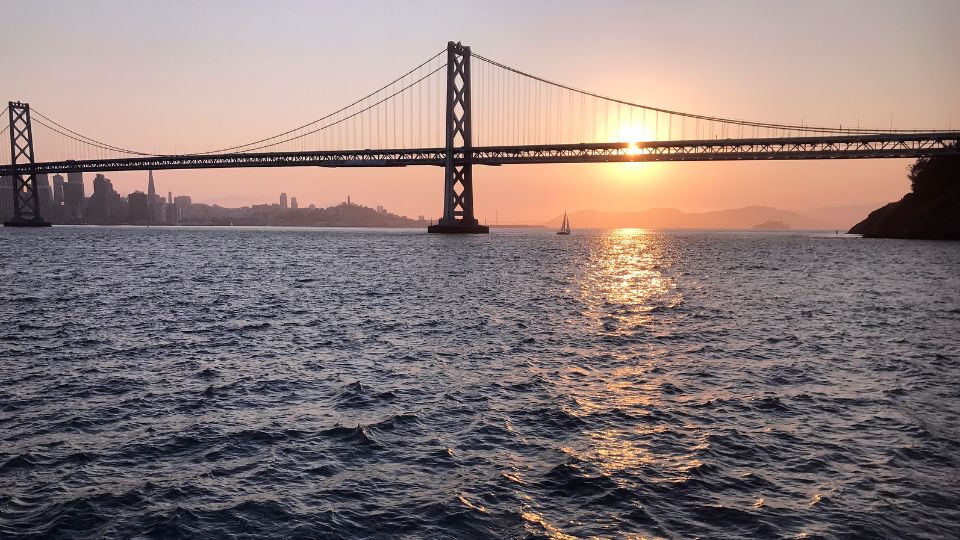Berkeley, California, has decided to return a parking lot constructed on a sacred tribal site that dates back over five thousand years to Indigenous peoples. The 2.2-acre site is linked to the initial human settlement on the San Francisco Bay, as per the Ohlone people’s representatives. Their ancestors founded a village in the area around 5,700 years ago.
According to a statement by Berkeley Mayor Jesse Arreguin, this marks a significant move towards correcting previous injustices and celebrating the rich history of the region.
The developers will be paid $27 million for the property under the agreement. The land will then be transferred to the Sogorea Te’ Land Trust, an organization dedicated to returning land to Indigenous communities.
The trust received a significant amount of funds following a $20 million grant from the Kately Foundation, a private foundation operated by members of the affluent philanthropist Pritzker family with a focus on empowering Black and Indigenous communities. The city donated $1.5 million.
This agreement resolves a lengthy dispute regarding the site’s future, following legal action by the owners against the city for impeding a proposed mixed-use project.
“This urban sacred site victory in California’s history is quite challenging and culturally significant,” stated Corrina Gould, a tribal leader and co-founder of the Sogorea land trust. The parking lot is the sole remaining undeveloped area of the West Berkeley shell mound site, recognized as a landmark by the city in 2000.
Also Read: Crime Data Points Small North Carolina Town to Become 3rd Dangerous Town in State
Long ago, the area featured a large burial shell mound, believed to be hundreds of feet long and at least 20 feet high, as reported by Ohlone leaders. Over 400 mounds, which served as burial and ceremonial sites, were once scattered throughout the bay area but have mostly vanished because of development.
City officials stated that the Spanish colonizers relocated the residents of the West Berkeley site from their villages and compelled them to work at nearby missions. In the late 19th and early 20th centuries, white settlers claimed the land and destroyed the mound to use the shells for roadbeds.
The tribal leaders have suggested converting the parking lot into an open space with an educational center and a 40-foot mound featuring a spiraling path to the summit.



Leave a Reply